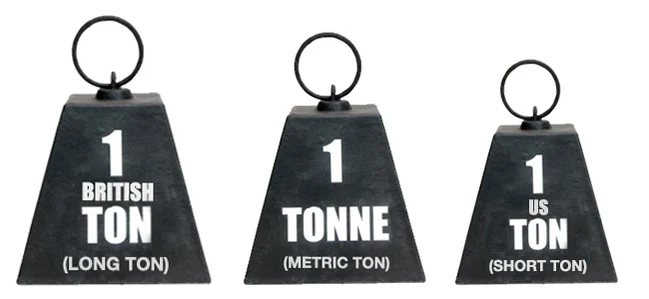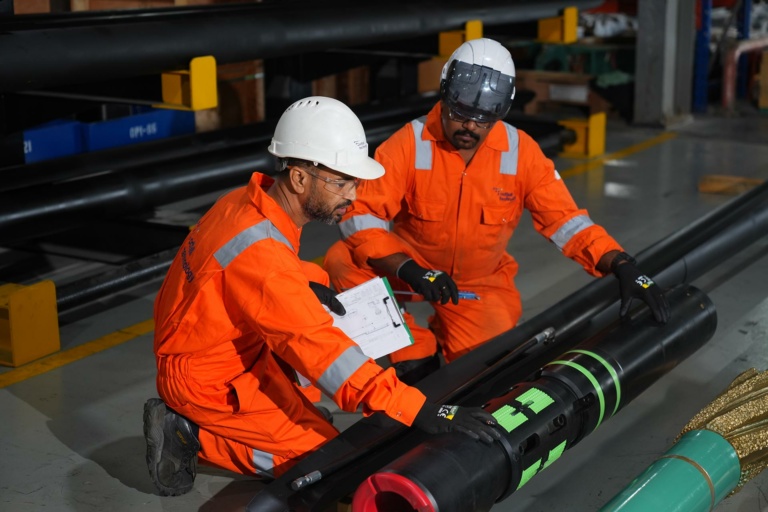Tonne vs ton when specifying handling equipment capacities & weights
Quite frequently we have customers asking us for handling equipment that is weighed in metric tonnes. The trouble is, almost all commercially available equipment used in the oil & gas industry is specified using the US imperial ton (or the short ton) and not the metric unit. It’s important not to put the safety of an operation at risk because you assume that you’re referring to the same definition of a unit. It can get quite confusing at times so, here we’re going to take a look at the differences between the units.
Both “ton” and “tonne” are units of weight and can refer to either the imperial or the SI systems and should be used with caution. It is important to be specific about what measuring system is referred to when using these annotations.
The measuring systems originated from the requirement for consistent measures in commercial trade, and was based on “standard commerce” sizes like hand, finger, foot, barrel, bushels, stone and so on. None of these were very accurate!
As the requirement for accuracy increased, various bodies defined units to accommodate.
The British Imperial and the U.S. customary system still use the original commerce trade units and the definitions are, in large, defined using S.I. units.
The metric system of measurement was developed in France, implemented in 1799 and has since developed into “The International System of Units” or commonly known as “SI”.
All the different units in the system are derived using seven(7) basic units. The accuracy of the units is constantly improved and is as far as possible defined based on constants from nature. For instance the weight of a defined number of atoms of a specific basic element or the wavelength of the light emitted from a specific gas under specific conditions.
The difference between the US ton and the British ton dates back to 1824. The British changed to the Imperial system that was easier to convert, however yielding slightly bigger units. The US did not adopt the new system and continued to use the old avoirdupois system. If disambiguation is required, then they are referred to as the smaller “short” units in the United States, as opposed to the larger British “long” units.
ton [t]
A “ton” is a unit of mass, could be US, British or SI. Be careful!
(metric ) ton / tonne [t]
The metric ton is derived from the SI unit kg, is equal to 1000 kg and is accepted to use as a unit in the SI system
The British ton [long ton]
The British ton, also know as the long ton, is equal to 1016.05 kilograms or 2240 pounds.
The US ton [short ton]
The United States Customary (USC) ton, also known as the short ton is equal to 907.185 kilograms or 2000 pounds. This is the unit we use to specify handling equipment capacities and weights.

So, as I mentioned earlier, it’s the US ton, also known as the short ton, that is what we use to specify handling equipment weight and capacity. I hope that helps!
See also > How to choose the right drill pipe
Topics: Odfjell Well Services

By: Frode Bjørheim
Frode Bjørheim is a specialist in drill pipe standards and lifting equipments with more than 30 years’ experience in the oil & gas industry, both offshore and onshore.



